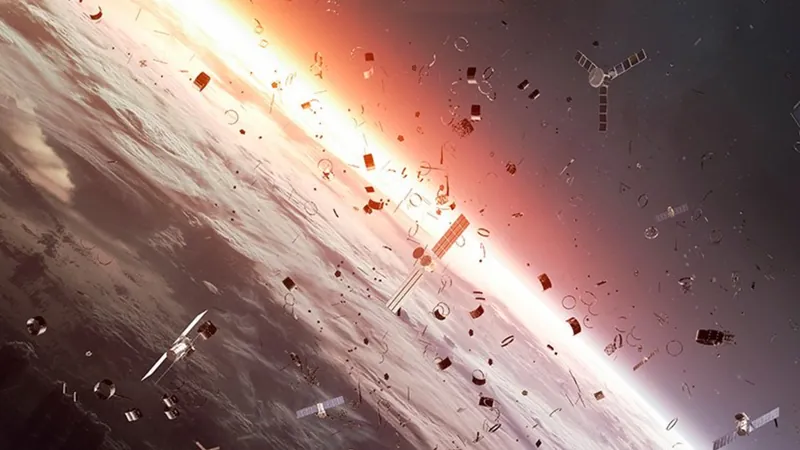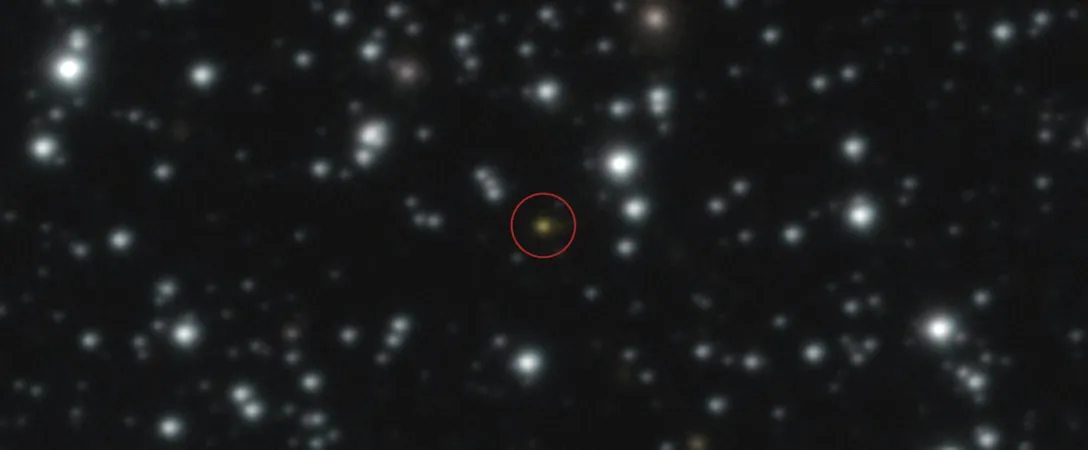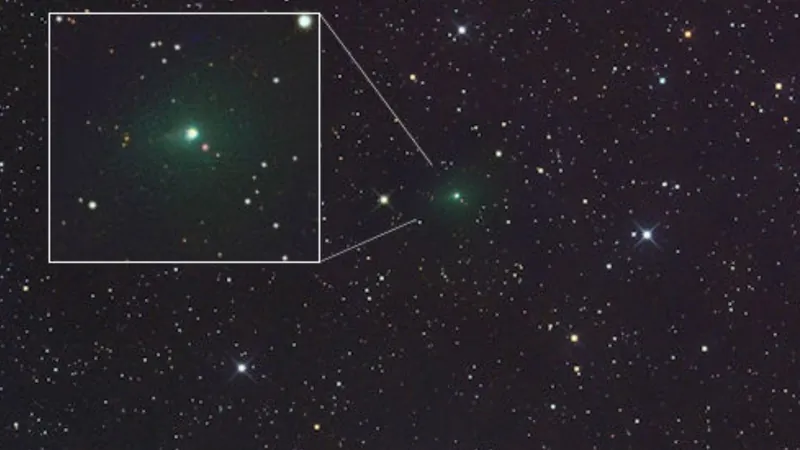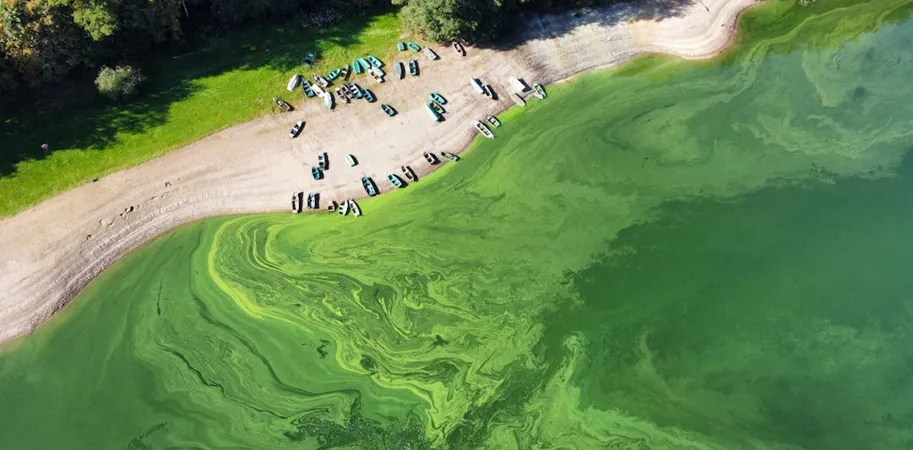
Revolutionary Space Junk Cleanup: Harnessing Ion Engines to Clear Our Orbit!
2025-09-16
Author: Emily
A Game-Changer in Space Debris Management
Did you know there are over 14,000 pieces of space junk swirling around Earth? This mounting debris is not just an eyesore; it poses a significant threat to active satellites and the International Space Station, which often has to dodge these hazardous fragments. But fear not—scientists have developed a groundbreaking method to tackle this growing problem!
The Peril of Space Junk
From tiny nuts and bolts to massive defunct satellites, space junk ranges widely in size. The risks are immense; these objects travel at speeds exceeding that of a bullet, endangering everything in their path.
Searching for Solutions
In the quest to clean up low-Earth orbit, researchers have brainstormed various strategies, including robotic arms, nets, and tethers to catch the debris. Yet, many of these approaches pose risks of entanglement with tumbling debris, leading to potentially catastrophic failures.
Introducing a Safer Technique!
Enter a revolutionary non-contact approach: a satellite that utilizes the ion engine's plasma exhaust to gently nudge debris downward into the atmosphere, where it will burn away safely.
The Ingenious Twist!
Developed by Kazunori Takahashi from Tohoku University, this innovative idea incorporates dual exhaust systems positioned in opposite directions. By canceling each other out, these thrusters allow the satellite to remain stationary while working diligently to deorbit space junk.
How It Works: The Science Behind the Thrusters
Takahashi's system, dubbed the "bidirectional plasma ejection-type electrode-less plasma thruster," operates on a unique principle. Unlike traditional ion engines that use xenon gas, he employs argon, making the propulsion device more cost-effective.
Powering Up the Process
While ion engines typically provide low thrust, Takahashi's design boosts efficiency significantly. To deorbit a one-ton piece of junk within 100 days requires a force greater than the Japanese Aerospace Agency's Hayabusa2 mission. Takahashi's setup demands a few kilowatts of power but has proven capable of reaching impressive thrust levels.
A Critical Mission Against Kessler Syndrome
This dual thruster technology is particularly aimed at tackling larger debris, which poses the most severe risk of Kessler syndrome—a catastrophic chain reaction of collisions resulting in an impenetrable cloud of junk preventing access to space.
The Future of Space Cleanup
As our reliance on space increases, the necessity for efficient junk removal methods becomes more critical. Takahashi's pioneering approach could very well be our ticket to a cleaner, safer orbital environment. It's time to secure the future of space travel!









 Brasil (PT)
Brasil (PT)
 Canada (EN)
Canada (EN)
 Chile (ES)
Chile (ES)
 Česko (CS)
Česko (CS)
 대한민국 (KO)
대한민국 (KO)
 España (ES)
España (ES)
 France (FR)
France (FR)
 Hong Kong (EN)
Hong Kong (EN)
 Italia (IT)
Italia (IT)
 日本 (JA)
日本 (JA)
 Magyarország (HU)
Magyarország (HU)
 Norge (NO)
Norge (NO)
 Polska (PL)
Polska (PL)
 Schweiz (DE)
Schweiz (DE)
 Singapore (EN)
Singapore (EN)
 Sverige (SV)
Sverige (SV)
 Suomi (FI)
Suomi (FI)
 Türkiye (TR)
Türkiye (TR)
 الإمارات العربية المتحدة (AR)
الإمارات العربية المتحدة (AR)